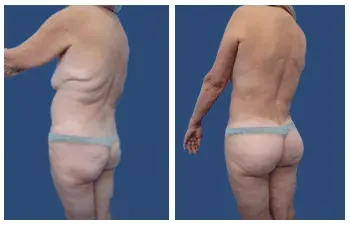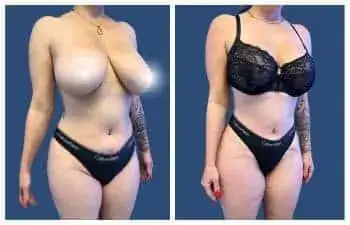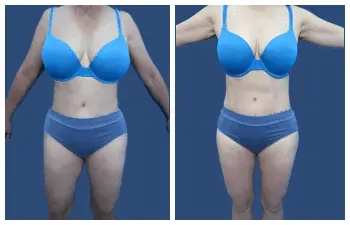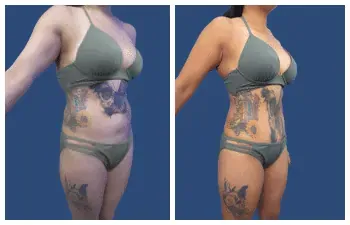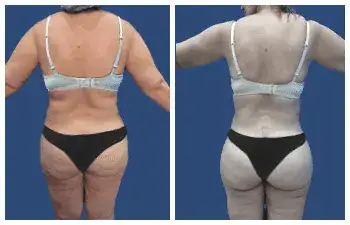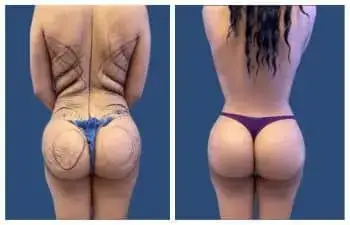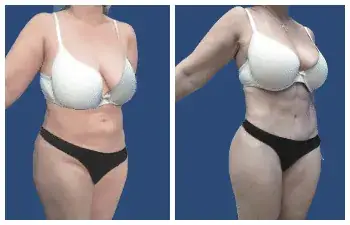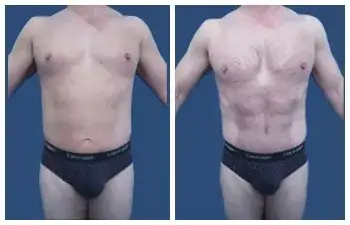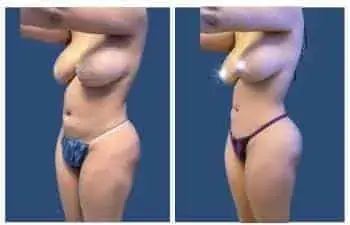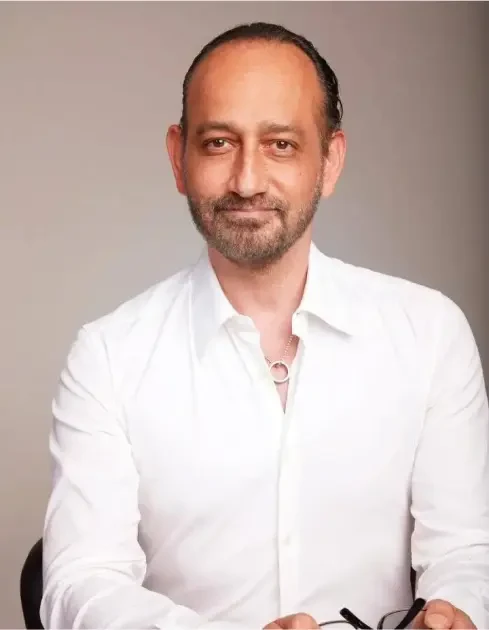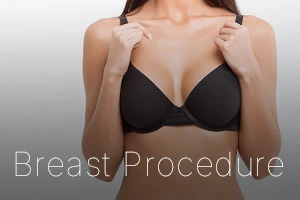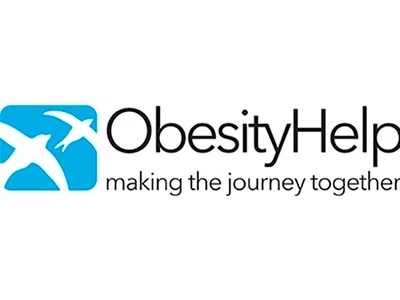Liposuction involves the removal of excess fat from various areas of the bdy to create a slimmer, more aesthetically pleasing appearance. This procedure often requires specialized training and an experienced surgeon to ensure its success. Knowing how to get a fair price for liposuction and receive quality care while remaining within budget is important.
In this article, we will discuss what factors go into determining the cost of liposuction surgery, how to find affordable options and tips on getting the best results for your money. We’ll also guide choosing a qualified and reputable doctor who can perform the procedure safely and effectively. By understanding these aspects of liposuction pricing, you can make informed decisions about your cosmetic goals without exceeding your financial limitations.

Finally, we’ll offer advice on tracking down additional resources if needed to cover any unexpected costs associated with the operation. With the right information and a few simple steps taken ahead of time, know that you are getting a fair price for a liposuction procedure.
What Is Liposuction?
Different liposuction technologies exist, but all can shape and contour these areas, creating harmonious proportions between body parts. The most common treatment sites are the abdomen, hips (love handles), thighs – inner and outer, back fat, buttocks, upper arms, neck, and chin. An experienced surgeon makes incisions in the skin and uses suction-assisted devices to remove fat cells from deep beneath the surface. This requires thorough knowledge of anatomy and experience with various techniques, such as tumescent liposuction, laser, or ultrasound-assisted liposuction.
To ensure safety during the procedure, anesthesia, either local or general, is administered before surgery and monitored closely throughout the procedure. After completion, patients may need to wear compression garments for several weeks while their bodies heal properly. Patients should also expect some swelling and bruising following the procedure; however, this usually resolves within a few weeks. Length of recovery varies depending on patient health and the extent of treatment but typically takes anywhere from one week up to three months before results become visible. Final results can be as much as six months away, depending on the type of liposuction and the extent of the soft tissue healing needed.
Who Should Consider Liposuction?
Liposuction is an elective surgical procedure that can help to remove stubborn fat deposits and reshape the body in the hands of a sculptor. It is not a substitute for diet or exercise but a way to address areas of unwanted fat resistance to traditional weight loss methods.
Liposuction can be done in any area with localized fat accumulation, including the abdomen, hips, thighs, arms, neck, and back. Those looking into this procedure should be close to their target weight already so they don’t gain more after the operation.
This procedure is not recommended as a solution to obesity or major weight loss or to remove visceral fat. Visceral fat, which is dangerous to your health, cannot be removed with liposuction. It must be lost via lifestyle changes. However, lipo can help attain better balance and proportion while reducing self-consciousness because of uneven contours caused by excessive fatty tissue. Patients who meet these requirements may benefit from liposuction and should consult with a qualified cosmetic surgeon for further information about the risks and likely outcomes associated with this type of surgery.
Benefits of The Procedure

The decision to pursue liposuction is personal, and it’s not always easy. However, the potential benefits of this surgical procedure make it well worth considering for some patients.
For starters, liposuction can help improve the body’s contour in areas where excess fat has been resistant to diet or exercise. It is also an effective way to reduce stubborn cellulite deposits that may cause bumps or ridges on the skin’s surface. Less downtime is required than other invasive surgical procedures such as abdominoplasty (tummy tuck). This allows patients to recover quickly and return to normal activities soon after treatment. Minimally invasive techniques used during liposuction have made the process much safer over time, with fewer risks associated with traditional methods.
Finally, while each patient’s experience will vary depending upon individual factors such as health history and complexity of the procedure being performed, many individuals report feeling satisfied with their results post-surgery – particularly when they can stay within budget by getting a fair price for liposuction services from experienced professionals.
Types Of Liposuction Techniques
There are several liposuction techniques, each of which has advantages and disadvantages.
The most commonly used technique is tumescent liposuction, in which an anesthetic solution is injected into the treatment area to reduce pain and swelling. This type of liposuction typically involves smaller incisions than other methods, making it more suitable for small-scale procedures. However, this method requires additional downtime as patients must wait for the anesthetic to take effect before proceeding with their surgery.
Another popular option is laser-assisted liposuction, which uses heat energy to break down fat cells before suctioning them out of the body. This approach allows surgeons to target specific locations more precisely than traditional liposuction methods while reducing recovery time compared to other treatments. It may not be ideal for larger treatment areas due to increased risks associated with higher doses of thermal energy being applied directly onto skin tissue. It is also largely incompatible with the preservation of fat for transferring to a BBL.
Doctors employed VASER liposuction as a novel method to administer safe energy to help break down fat cells even more effectively than laser liposuction. VASER liposuction uses ultrasound energy to help cavitate the fat cells, describing converting fat cells from solid clusters to single liquified cells. VASER has the distinction of allowing a surgeon to safely remove the highest percentage of fat and is more suited to body sculpting as it is the only method that can access the deep and superficial layers of fat.
Ultimately, many factors are at play when choosing a liposuction technique, including cost and safety considerations. Patients should discuss these matters thoroughly with their doctor so they can make an informed decision that best suits their needs and budget.
Cost Factors to Consider for Liposuction
When determining the cost of liposuction, it is important to consider various factors. These include:
- The number of areas being treated
- The complexity / extent of the procedure
- Anesthesia costs
- Facility fees
- The experience and skill level of the surgeon
- The demand for surgeon’s services
Additional procedures needed during surgery may also influence the cost.
The amount charged for liposuction can vary significantly from doctor to doctor because of these different factors. Patients must research before selecting a provider to ensure they receive quality care and value at a fair price for liposuction. Many providers offer financing options so that individuals can pay for their treatment. Ultimately, patients should choose a qualified practitioner who offers individualized service at a fair price for liposuction.
How To Find A Qualified Liposuction Surgeon
Finding a qualified surgeon for liposuction is an essential task. To ensure the safety and success of your procedure, it is paramount that you take the time to research and vet potential surgeons before deciding. To begin, one must ask themselves: what qualifications should I seek?
The answer lies in understanding what makes up an excellent cosmetic surgeon. Board certification from The American Academy of Cosmetic Surgeons or The American Board of cosmetic Surgery is two strong indications of quality training and knowledge. Inquire about their professional experience, ranging from several years of practice to specific procedures they specialize in. Finally, do not be afraid to ask around – referrals from friends who have undergone similar surgery can provide invaluable insight into who would best suit your needs.
Taking these steps before committing to a particular cosmetic surgeon will significantly increase the likelihood of achieving optimal results with minimal risk involved. It may require more than a cursory glance at online reviews, but investing in due diligence early on will ultimately pay off when surgery is time.
What To Expect During and After Liposuction Surgery
Before liposuction, a patient must understand the steps and processes involved. We may use anesthesia during local or general surgery, depending on the extent of treatment needed. We will then mark the surgical area with guidelines before we make incisions. The surgeon inserts a thin tube called a cannula, connected to a vacuum device, through these small incisions to suction out excess fat cells from targeted areas. Once we have achieved the desired result, the patient will absorb the remaining fluid over injected into the tissue during procedure preparation.
Patients should expect swelling, bruising, and discomfort around treated sites following surgery, and their surgeon will prescribe medication to manage it. We often recommend compression garments to reduce swelling and help facilitate healing. Resting following surgery is important, but light activity, such as walking, can help improve circulation and speed up recovery time. Patients typically notice results after several weeks as swelling subsides; however, full results may take months to become visible because of changes in skin laxity resulting from the removal of fat cells.
Potential Complications and Risks of Liposuction
Although liposuction is a relatively safe procedure, there are still potential risks to be aware of. It’s important to discuss the potential complications with your doctor before you decide to undergo surgery. Some potential problems include infection, bleeding, swelling and bruising, numbness or tingling in the affected area, scarring or skin discoloration, fat embolism (when fat cells enter the bloodstream), nerve damage, and asymmetry.
Liposuction results can also vary depending on several factors, including the surgeon’s experience level and skill. While many people achieve satisfactory outcomes from their liposuction procedures, it’s only sometimes possible for all patients to get desired results because of unpredictable healing processes or unexpected reactions to anesthesia. Therefore, you must research doctors carefully and negotiate a fair price for liposuction before surgery.
Tips For Getting the Best Price for Liposuction
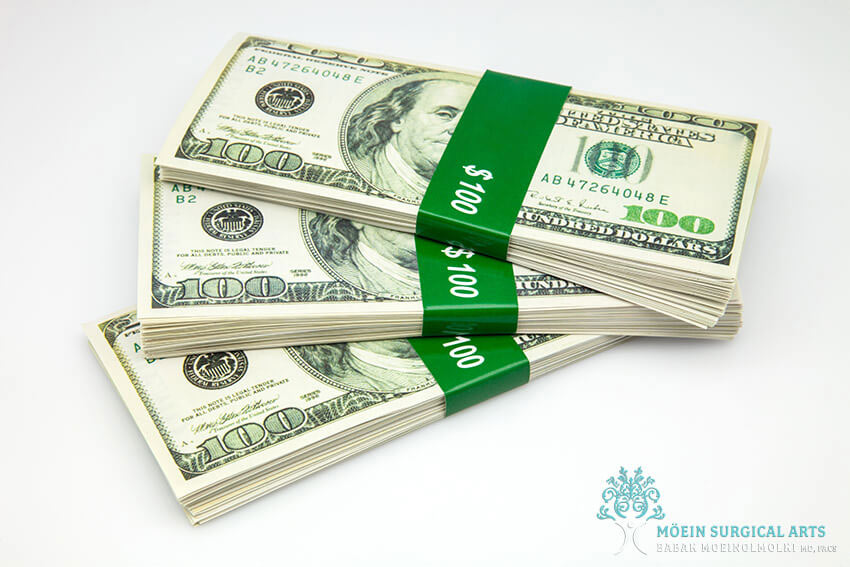
Getting a fair price for liposuction is more complex than it may seem. However, you can take some simple steps to ensure you get the best deal possible.
First, do your research! As with any major purchase, compare shops and ask around before deciding on a provider or facility. Get referrals from friends who have had similar procedures done in the past and read online reviews. Just like shopping for a new car, ‘test-drive’ potential surgeons by asking them questions about their experience level and success rate with this type of procedure. It’s also important to understand what they cover under your insurance plan to avoid surprise costs at checkout time, much like looking at the fine print when signing up for a credit card.
To sweeten the deal, negotiate with your surgeon or medical facility if they are willing. Be aware of current market rates so that you know how far below those fair price for liposuction you can reasonably expect to go – haggling isn’t just for buying fruit at the farmer’s market! Finally, always remember that cost should not be the only factor in your decision-making process; quality of care is key and should remain a top priority.
Alternatives to Liposuction
For those seeking to reduce fat without surgery, there are several non-surgical alternatives. These include dieting, exercise, and medical devices, such as liposuction lasers or ultrasonic cavitation. Diet and exercise can effectively reduce overall body fat but may not target specific areas. Liposuction laser treatments involve using a handheld device to heat fat cells beneath the skin’s surface, which can help break them down and reduce their presence in the area treated. Ultrasonic cavitation is another non-invasive method that uses sound waves to break down fat deposits under the skin. Both procedures require multiple sessions and may need periodic follow-up maintenance treatments. Results will vary based on individual circumstances, and we should always consider health conditions when deciding these treatments.
It’s important to do research before deciding on any procedure, including talking to your doctor or other healthcare professionals specializing in this kind of treatment. Before undergoing any procedure, it’s wise to get more than one opinion from qualified providers to understand all available options and associated risks. Ensure you understand the achievable results given your situation – realistic expectations are key for successful outcomes.
Liposuction Conclusion
The decision to undergo liposuction is personal and should be considered carefully. People should carefully weigh liposuction’s benefits, risks, and costs before making a final decision. It’s important to understand all the factors involved in getting a fair price for liposuction, including cost considerations, alternatives, potential complications, and what to expect during and after surgery.
Patients must research and ensure they are comfortable with all aspects of the procedure before committing. They should talk to their doctor about any questions or concerns regarding liposuction so they can make an informed decision. With careful consideration, patients can get a fair price for liposuction procedures and gain desired results safely and effectively.
Finally, remember that no two people are exactly alike; therefore, outcomes from liposuction will vary based on individual anatomy and other factors related to each patient’s unique situation. For these reasons, it’s always wise to consult with a board-certified cosmetic surgeon with experience performing liposuction procedures to ensure optimal safety and maximum satisfaction with your aesthetic outcome.


